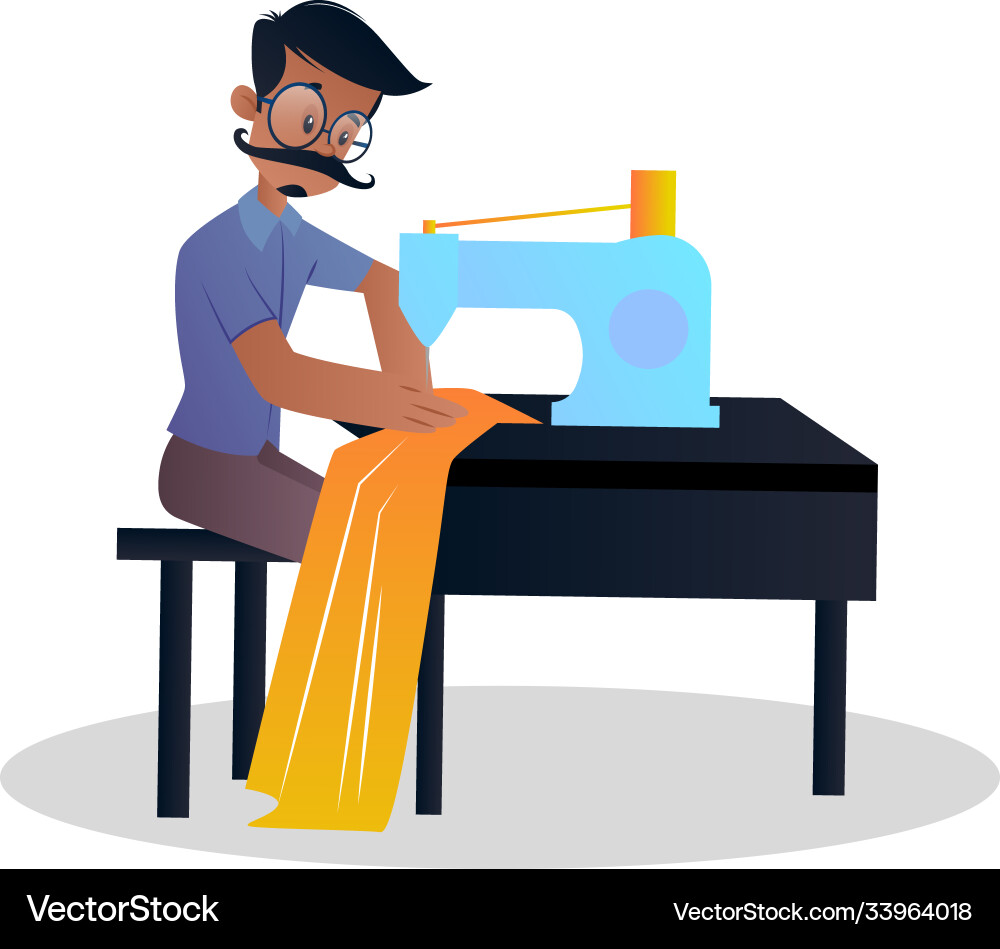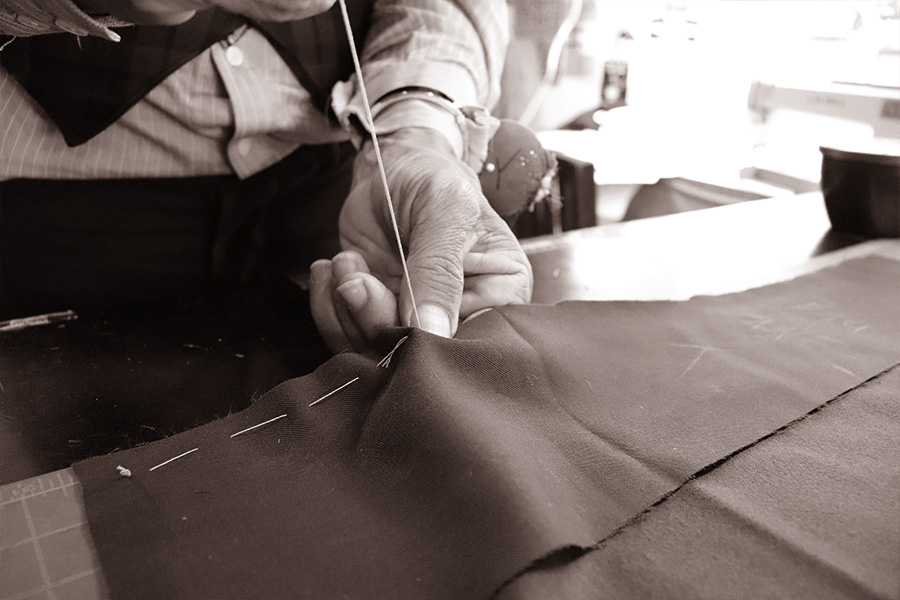Tailor Perth Insights: Discover the Art of Fine Tailoring in Perth
Tailor Perth Insights: Discover the Art of Fine Tailoring in Perth
Blog Article
Comprehending the Tailoring Process: From Fabric Option to Last Fitting for the Suitable Wardrobe
The tailoring process is a complex interplay of art and scientific research, starting with the vital decision of material option and finishing in the accurate adjustments of last fittings. Each fabric kind brings unique qualities that influence not only the visual allure yet additionally the garment's durability and suitability for various events. Understanding the nuances of customizing techniques can boost one's closet to extraordinary degrees of class. As we discover these aspects better, one should think about just how even the tiniest information can considerably affect the overall end result of one's personal style.
Significance of Textile Selection
Selecting the ideal material is vital in the tailoring process, as it directly influences the comfort, resilience, and general aesthetic of the final garment (tailor perth). The selection of fabric establishes the structure for the garment's capability, efficiency, and style. Different fabrics have special buildings, such as breathability, weight, and stretch, which can substantially influence just how the garment drapes and fits the body
Moreover, textile choice influences the garment's durability and simplicity of care. High-grade textiles can endure wear and tear, keeping their look and structure in time, while lower-quality materials may cause pilling or fading. Furthermore, the ideal material adds to the garment's capacity to transition throughout celebrations and periods, thereby boosting convenience.
A customized piece made from a suitable fabric not only showcases workmanship however likewise elevates the user's confidence. As a result, comprehending the subtleties of fabric selection is extremely important for any kind of customizing venture. It guarantees that the end product not just satisfies the aesthetic wishes of the customer yet likewise straightens with useful demands, consequently attaining a harmonious balance between kind and function in the customized wardrobe.
Sorts Of Fabrics and Their Uses
Recognizing the numerous sorts of fabrics offered is vital for making notified decisions throughout the customizing procedure. Each fabric possesses unique characteristics that dictate its viability for particular garments and occasions.
Cotton, known for its breathability and softness, is ideal for sportswear and summer apparel. Its versatility permits it to be customized into everything from t shirts to dresses. Wool, on the various other hand, is favored for its warmth and structure, making it an exceptional choice for official fits and outerwear - tailor perth. Its natural elasticity aids garments keep form over time.
Silk radiates high-end and is light-weight, making it excellent for eveningwear and fragile shirts; however, it calls for cautious handling due to its delicacy. Linen, with its distinctive coating, is a prominent choice for cozy environments, offering a crisp and ventilated feel, yet it wrinkles conveniently, which may influence the garment's look.
Artificial materials, such as polyester and nylon, offer durability and resistance to wrinkles, making them suitable for everyday wear and active clothing. Comprehending these textile kinds and their properties permits much better decision-making, making sure that each customized piece not only fits well but likewise aligns with the intended function and event.
The Tailoring Strategies Described
The art of tailoring relies upon a range of methods that change textile into well-fitted garments. Central to this procedure is pattern drafting, where a dressmaker creates themes based upon the customer's measurements and desired design. This first action ensures that the garment will fit the user effectively before any type of reducing occurs.
As soon as patterns are developed, cutting methods come into play. Accuracy is extremely important as inaccuracies can bring about misfitting garments. Tailors frequently make use of different cutting approaches, such as single-layer cutting for detailed layouts and multiple-layer cutting for effectiveness on basic patterns.
Basting is one more vital technique, allowing tailors to briefly sew fabric items together for an initial installation. This approach supplies the chance to examine the drape and total silhouette before final sewing.
Seaming techniques, consisting of french seams and flat-felled joints, improve the garment's durability and aesthetic charm. Tailors likewise employ techniques such as interfacing and padding to offer framework and shape to specific areas, like collars and shoulders.
Last but not least, finishing strategies, including hemming and edge ending up, ensure the garment's long life while giving a sleek appearance. With each other, these methods develop the foundation of efficient this customizing, leading to exquisite, custom-fit apparel.
Suitable Adjustments and Considerations

Trick factors to consider include the shoulder fit, which should neither droop nor limit movement, and the sleeve length, which must enable comfy arm activity while preserving a refined look. Additionally, modifications at the waist can refine the silhouette, with choices to allow out or absorb textile as needed.
The increase of trousers is one more crucial aspect; it ought to sit easily above the hips click to investigate without creating pain, allowing for ease of activity. Hemming sizes for both trousers and skirts should mirror the wearer's preferred style while appreciating proportions.

Keeping Your Tailored Clothes
Always adhere to the care tag guidelines, which may advise dry cleansing for delicate fabrics or device cleaning for even more sturdy materials. Stay clear of frequent laundering, as this can use down the fabric and change the garment's form.
Storage space is similarly vital; use padded hangers for coats and jackets to preserve shoulder structure, and shop pants folded nicely or hung to avoid creasing. Safeguard garments from direct sunshine, which can discolor colors and damages fibers.
Furthermore, routine examinations for small fixings can protect against bigger issues. Look for loosened buttons, fraying seams, or signs of moth damage, attending to these problems quickly to preserve the garment's honesty.
Lastly, consider seasonal turning. Using customized pieces in moderation permits textiles to recuperate, extending their life-span. By executing these maintenance techniques, you can ensure that your tailored garments remain as pristine as the day you first used them, boosting your ideal closet for many years to find.
Final Thought
The customizing process, including material choice, knowledgeable methods, and specific suitable modifications, plays an important function in producing garments that boost both comfort and style. Each phase adds to the general effectiveness of the end product, guaranteeing that apparel not only fits well however also mirrors private identification. In addition, comprehending the relevance of upkeep prolongs the life of tailored garments, solidifying their value in a well-curated wardrobe. A thorough strategy to tailoring culminates in a refined and confident appearance.
Selecting the right textile is crucial in the customizing procedure, as it directly affects the comfort, longevity, and overall aesthetic of the final garment. The choice of material establishes the foundation for the garment's performance, capability, and design. Different textiles possess distinct residential or commercial properties, such as weight, stretch, and breathability, which can dramatically impact exactly how the garment drapes and fits the body.
The art of customizing counts on a range of techniques that transform material into well-fitted garments.The tailoring process, encompassing textile selection, proficient techniques, and exact suitable modifications, plays a vital function in sites producing garments that enhance both convenience and style.
Report this page